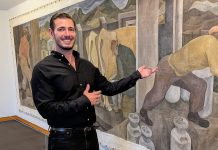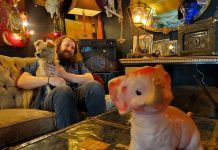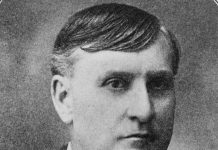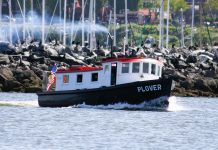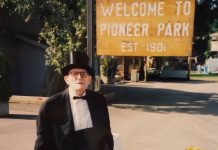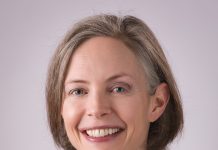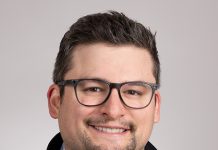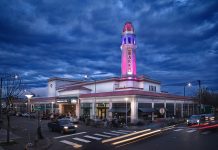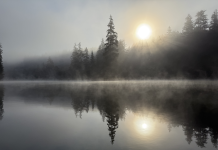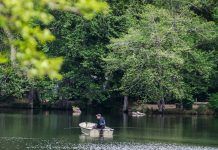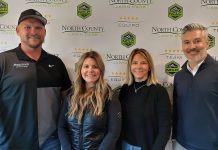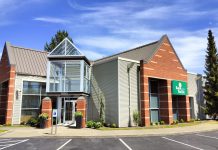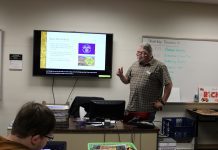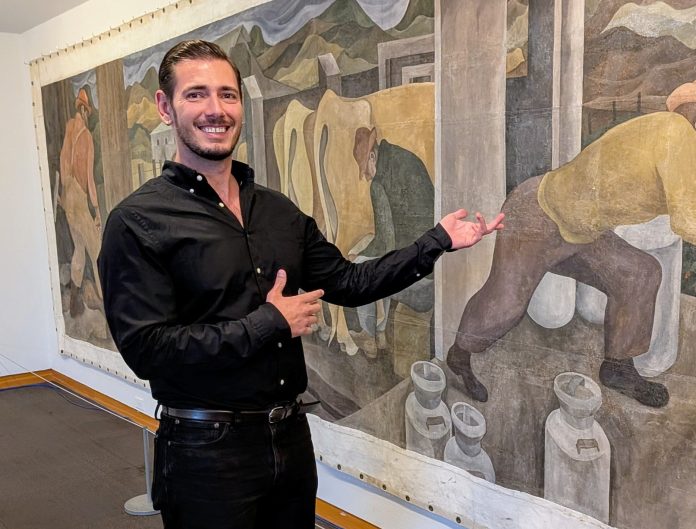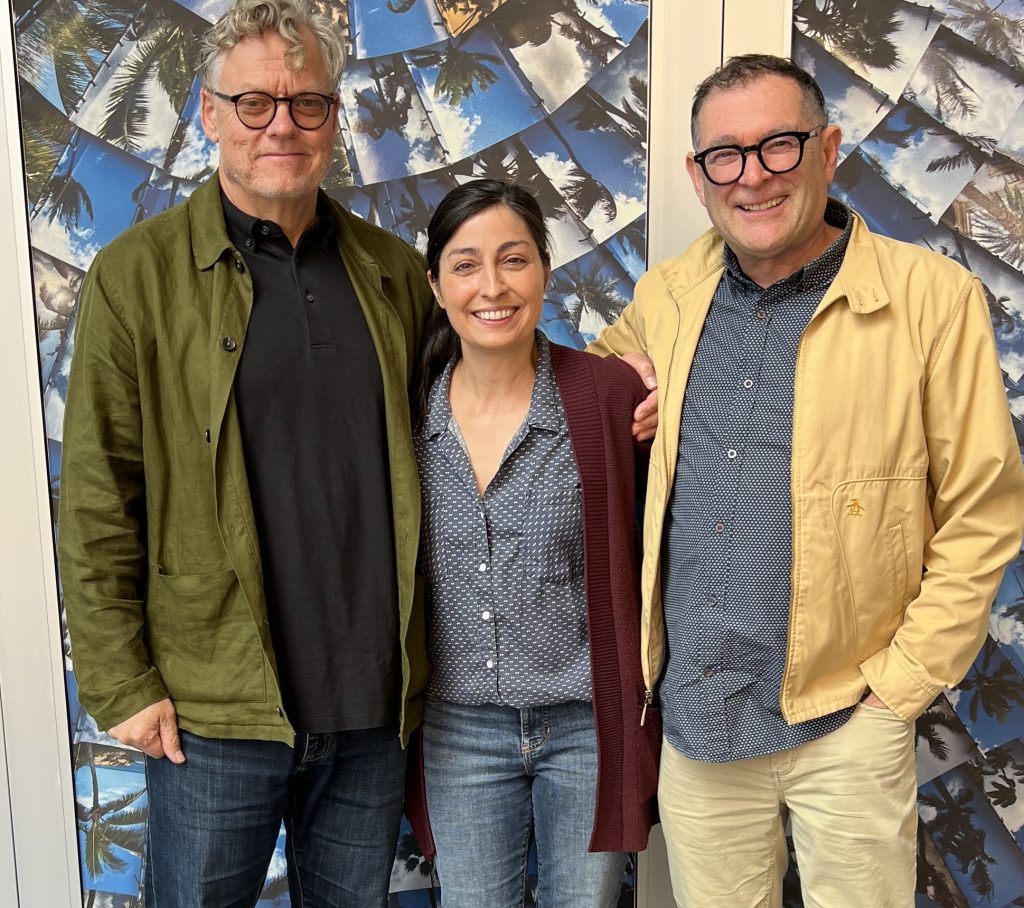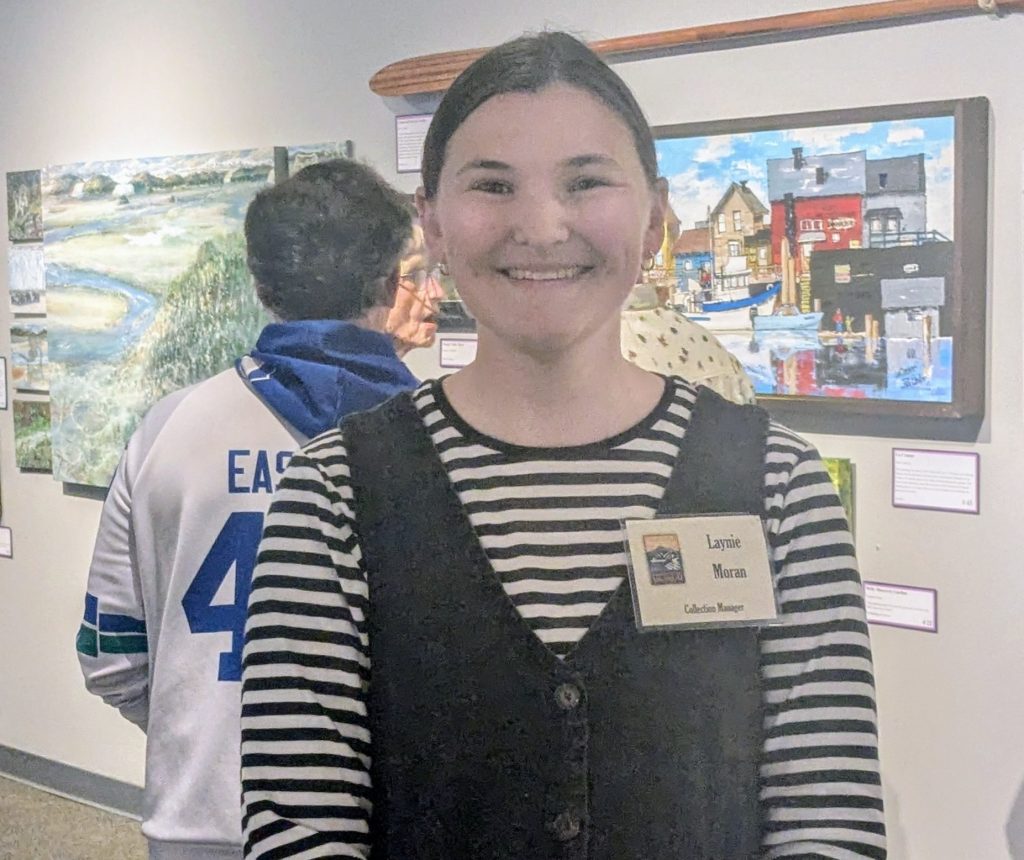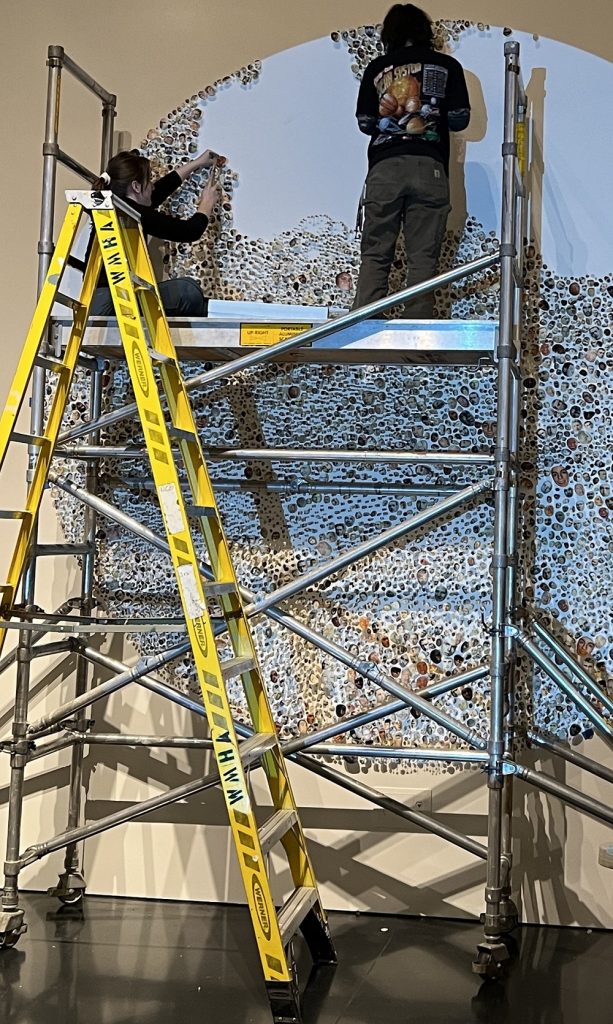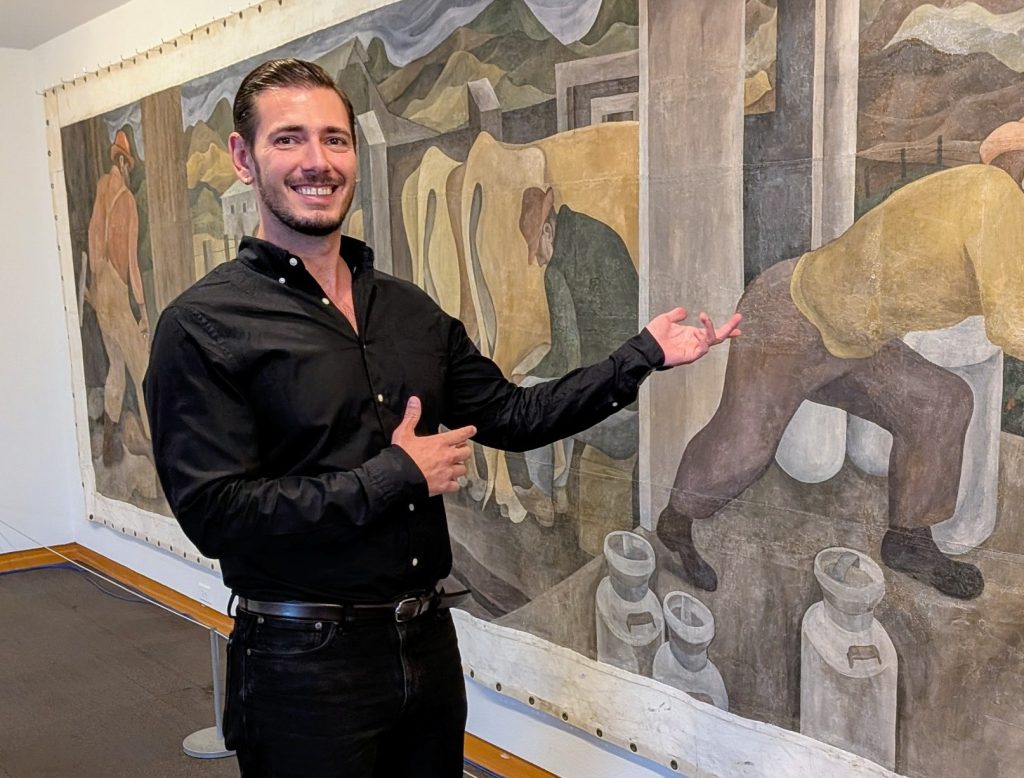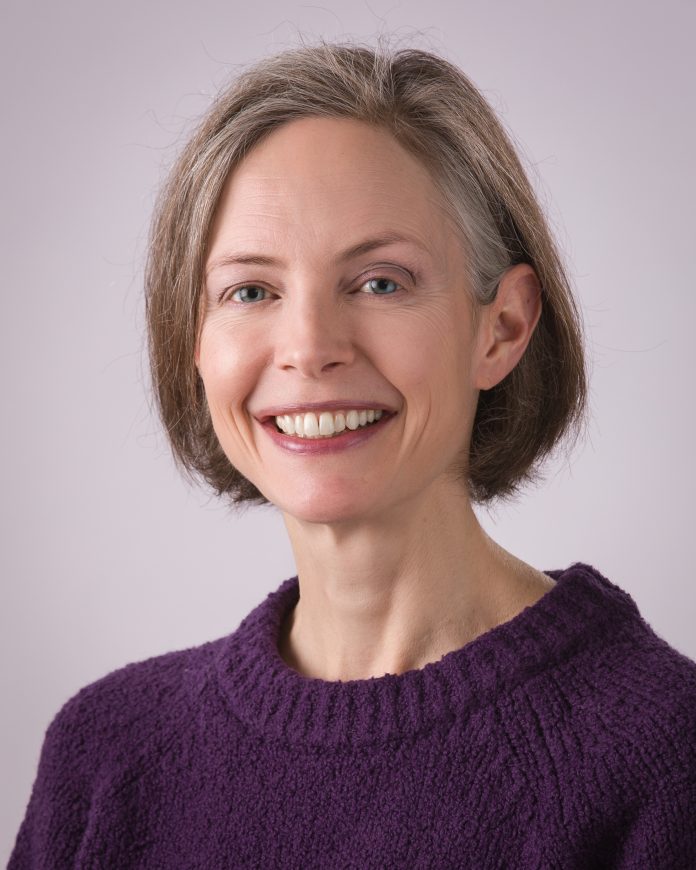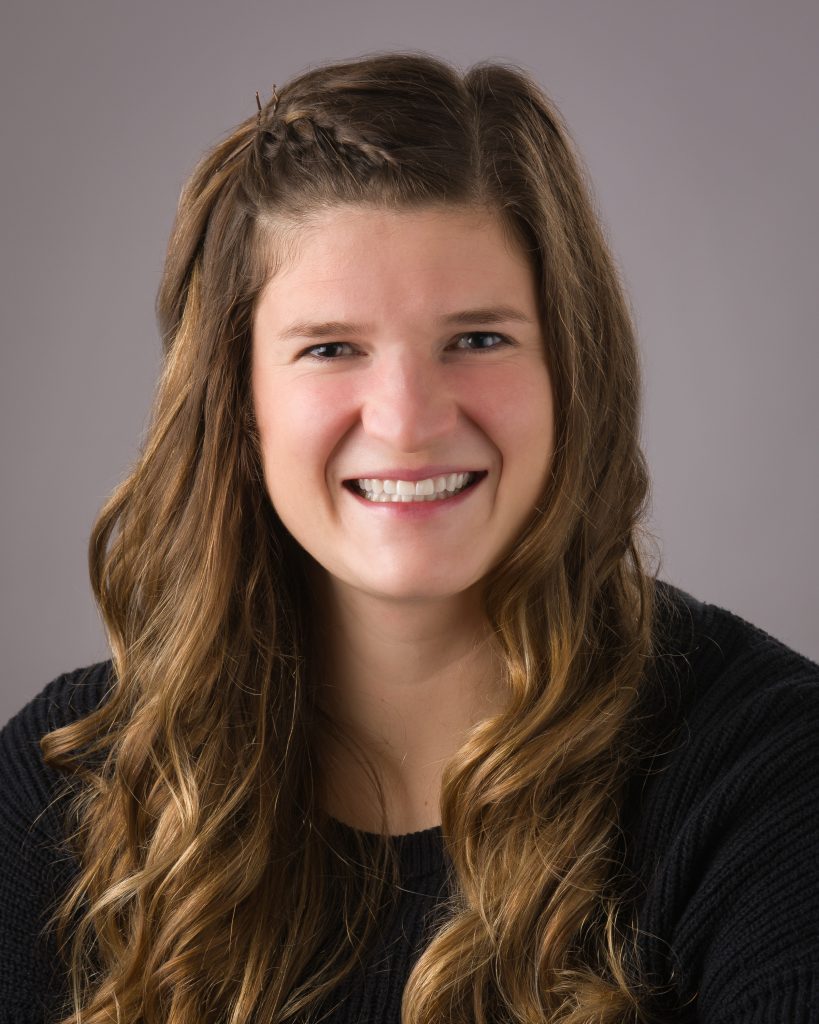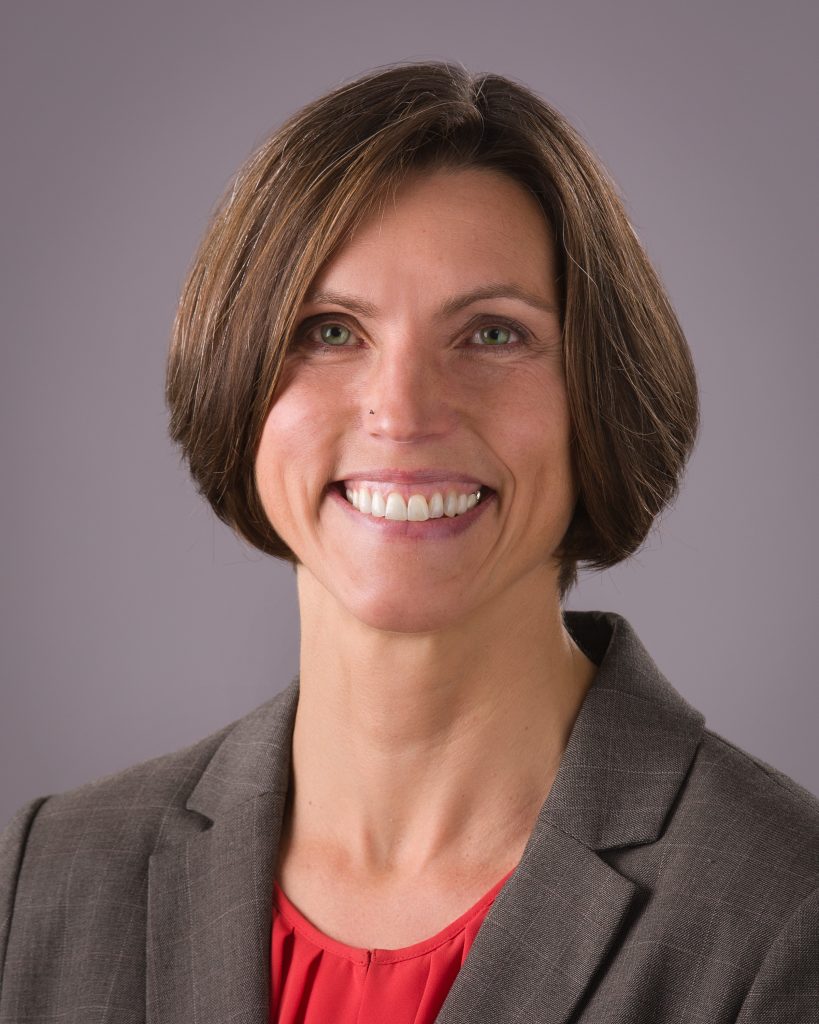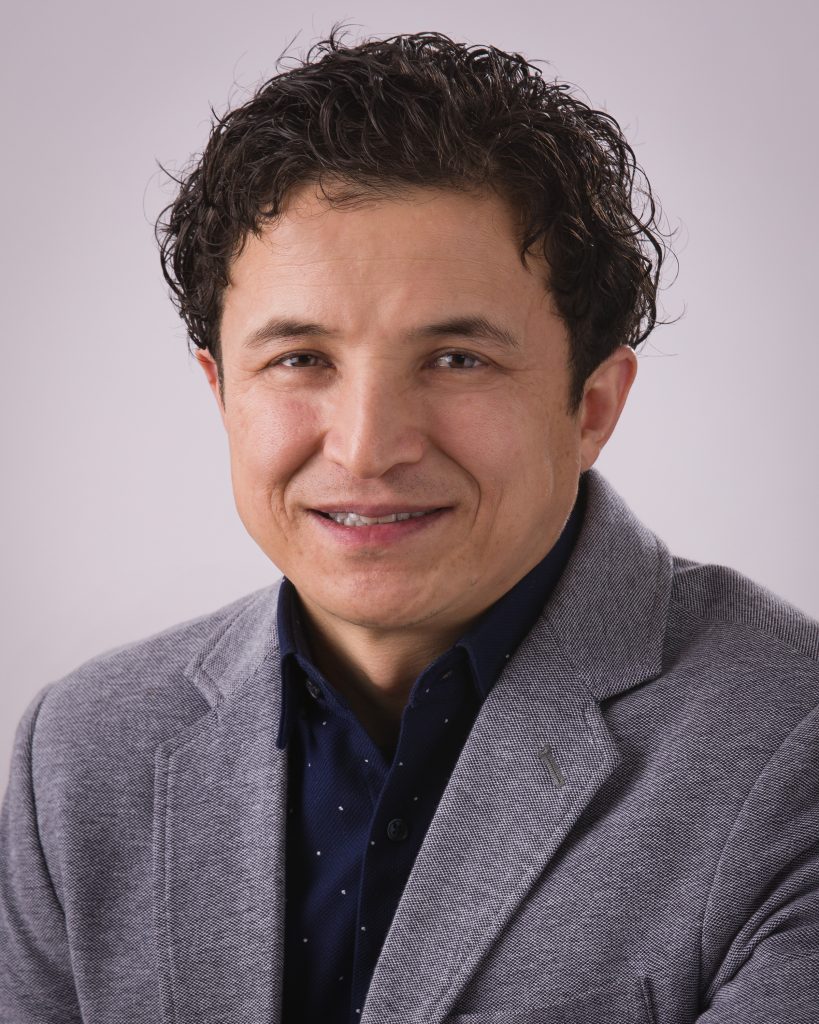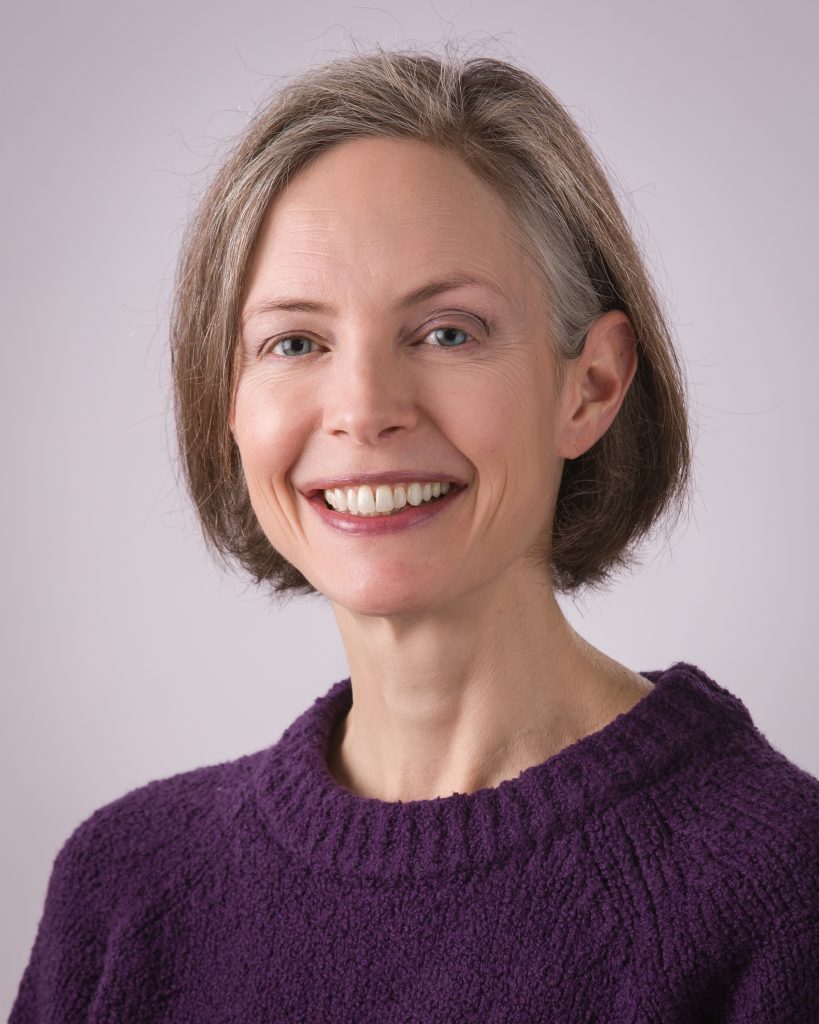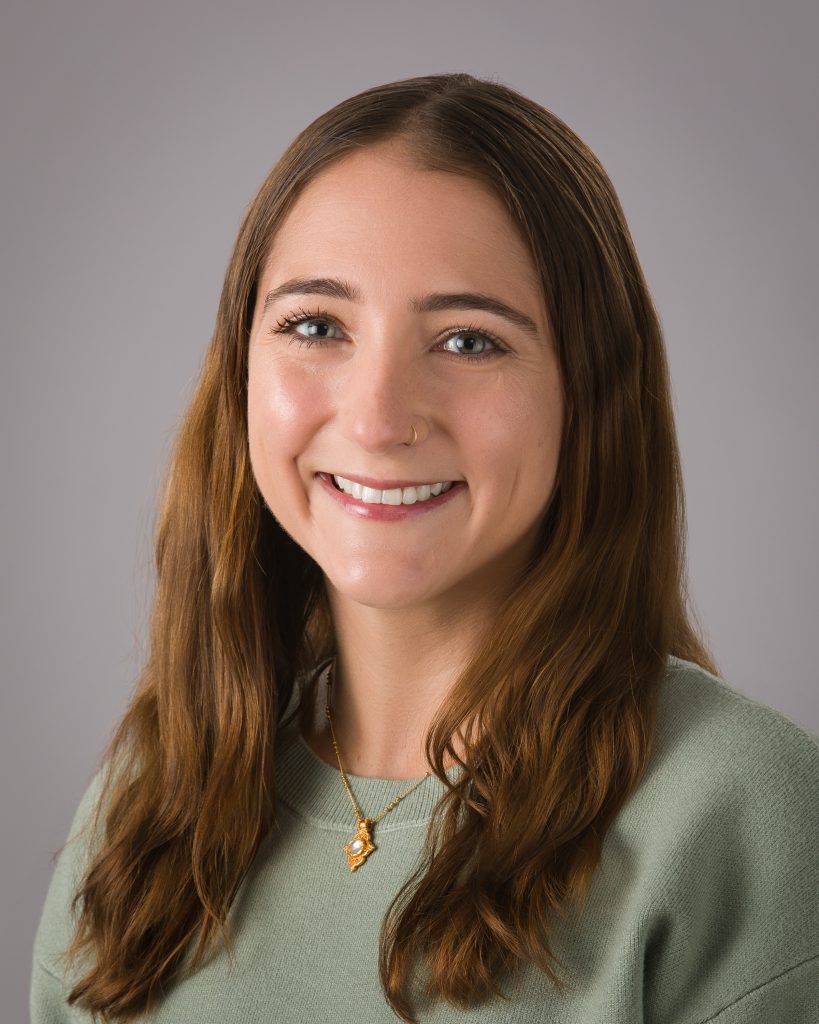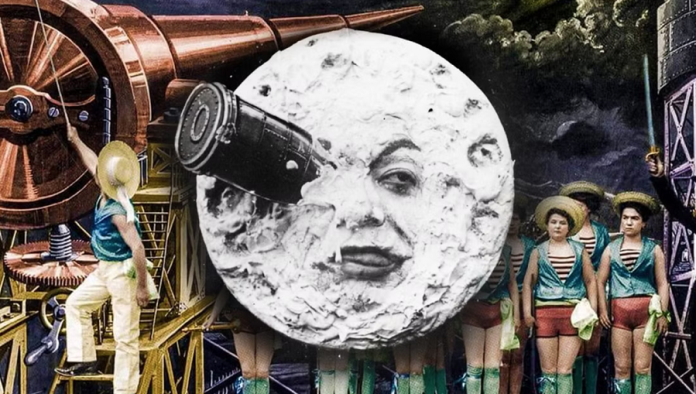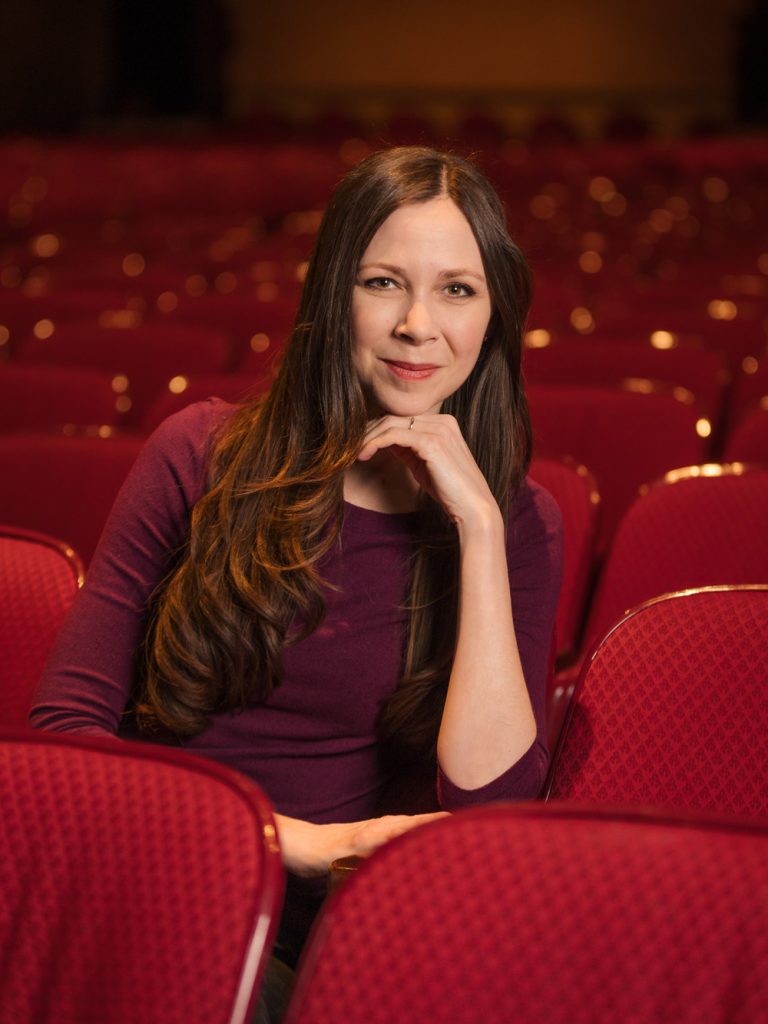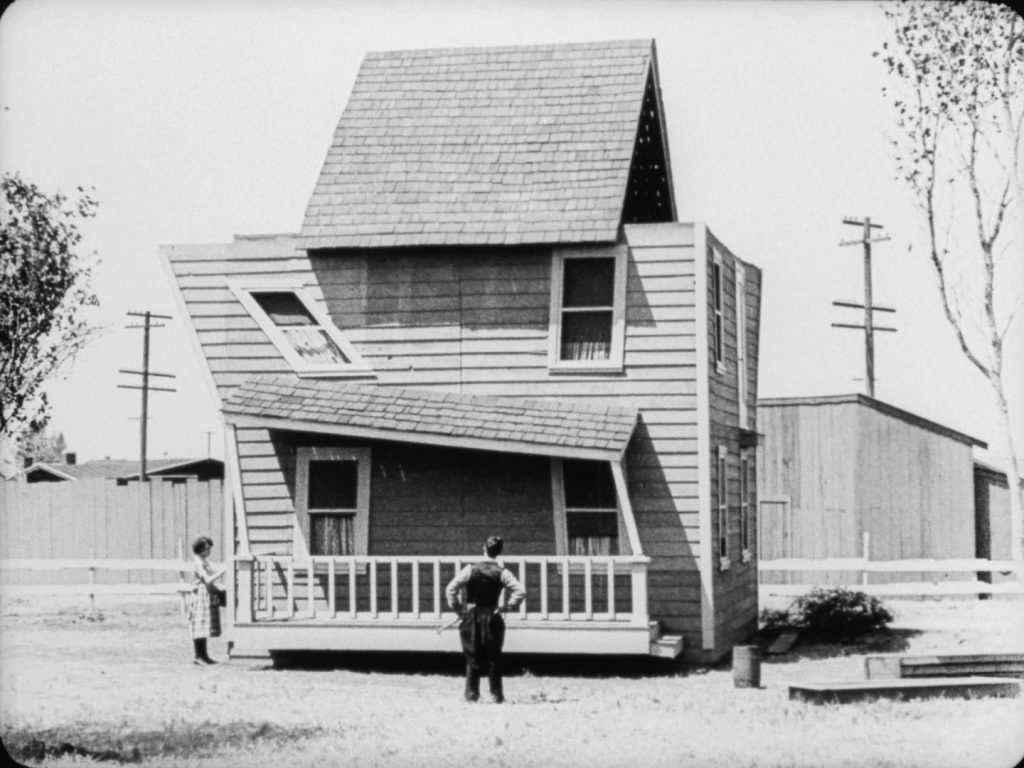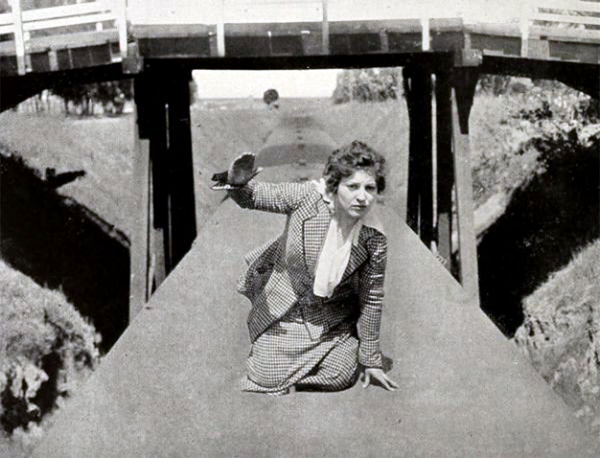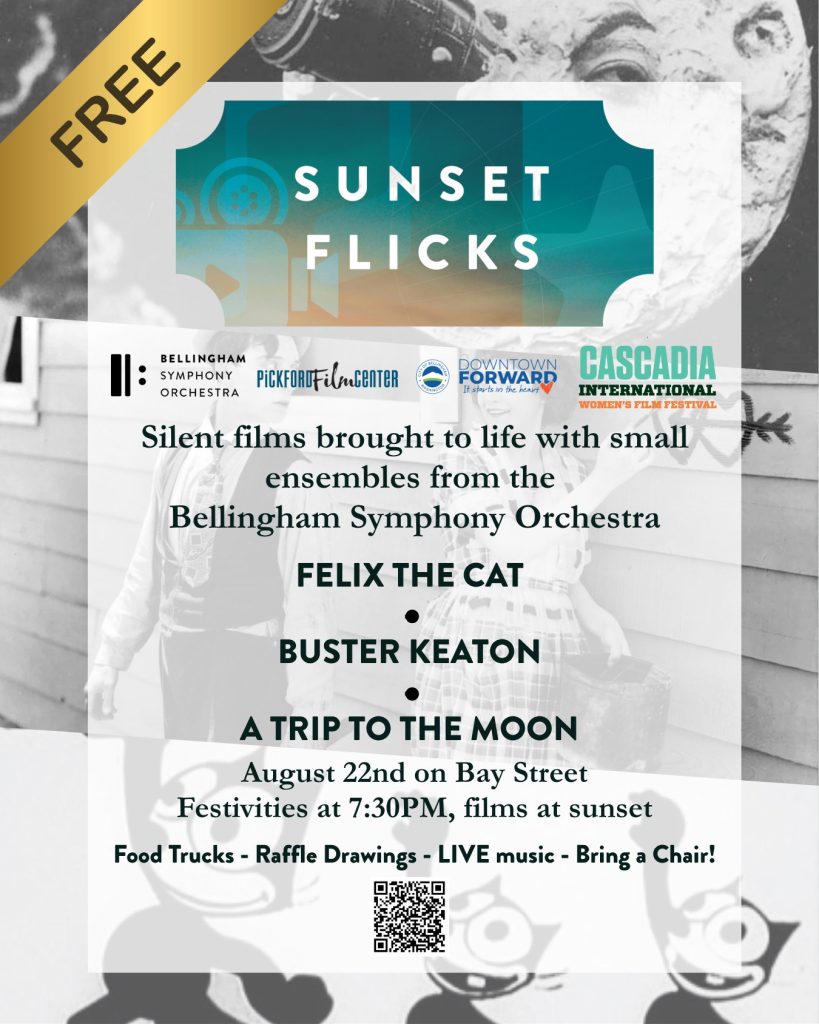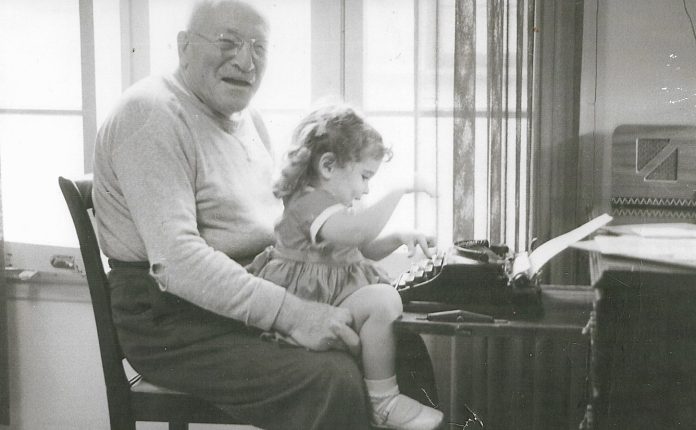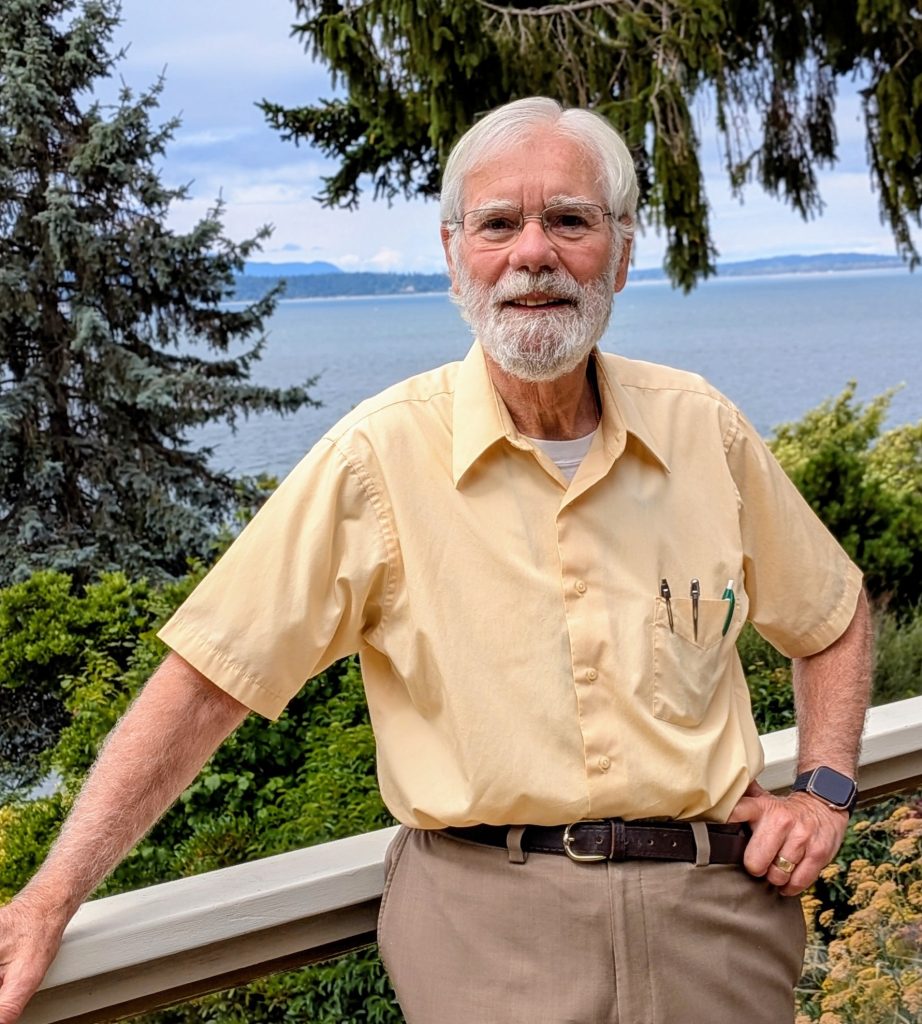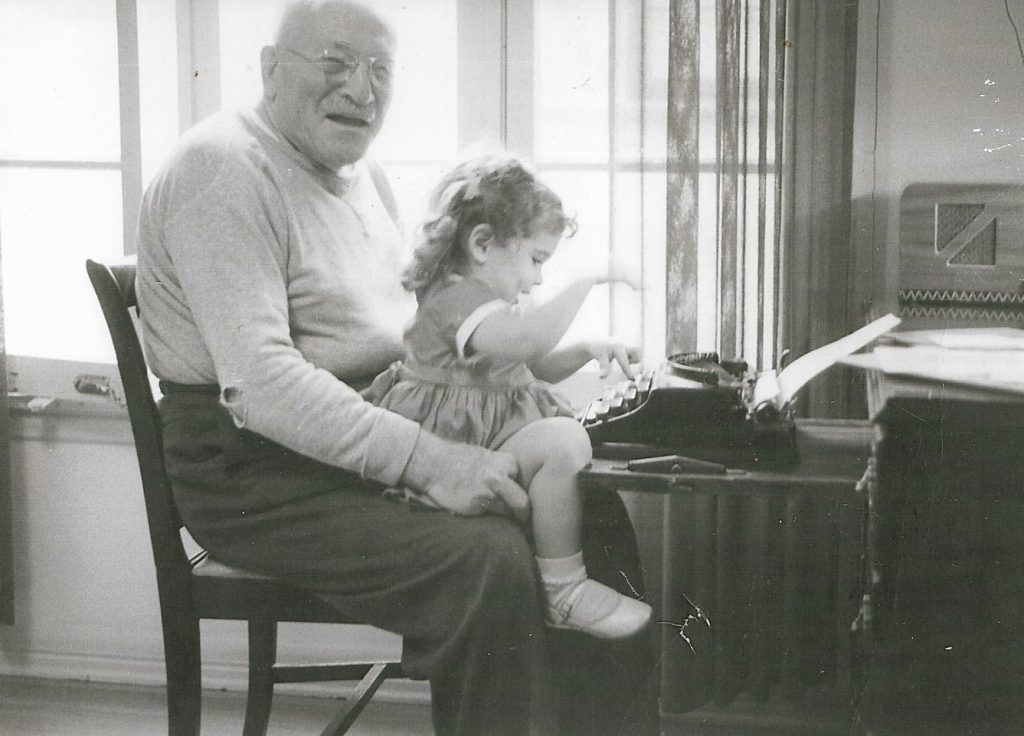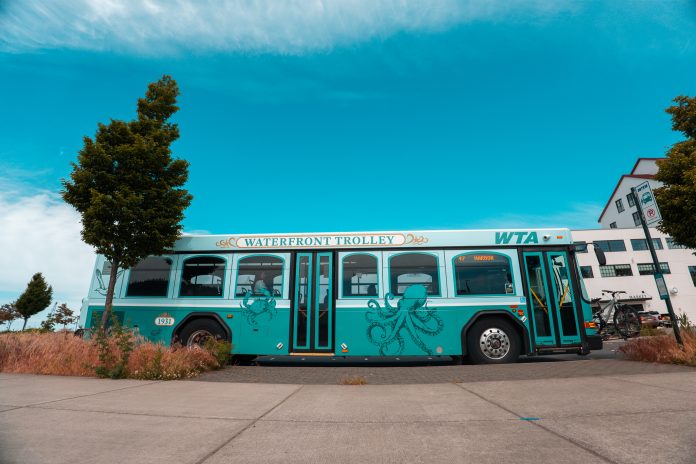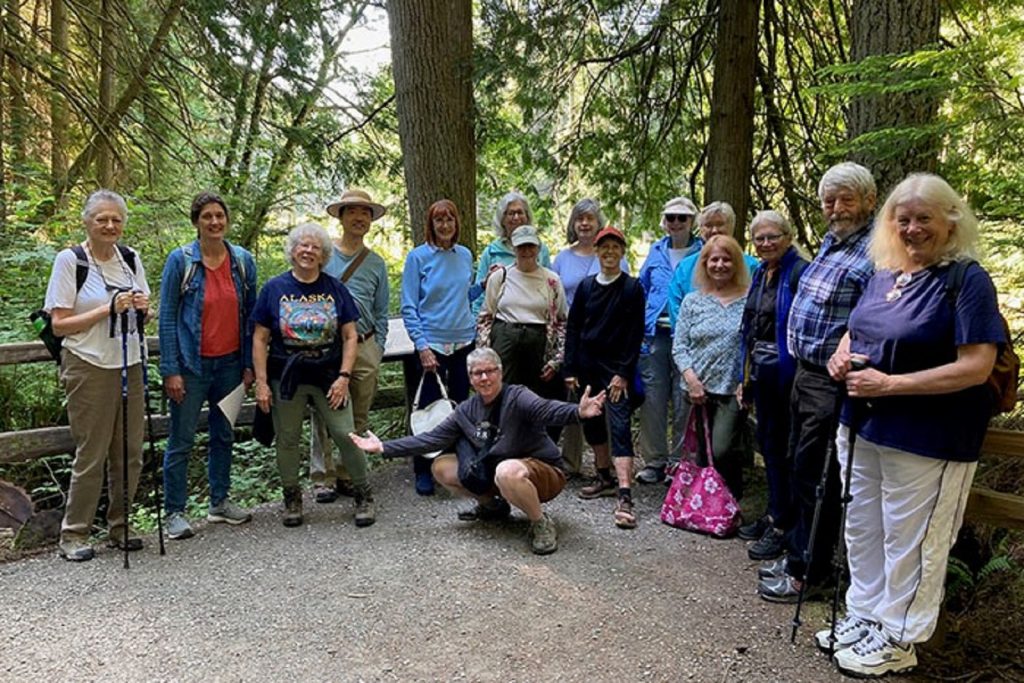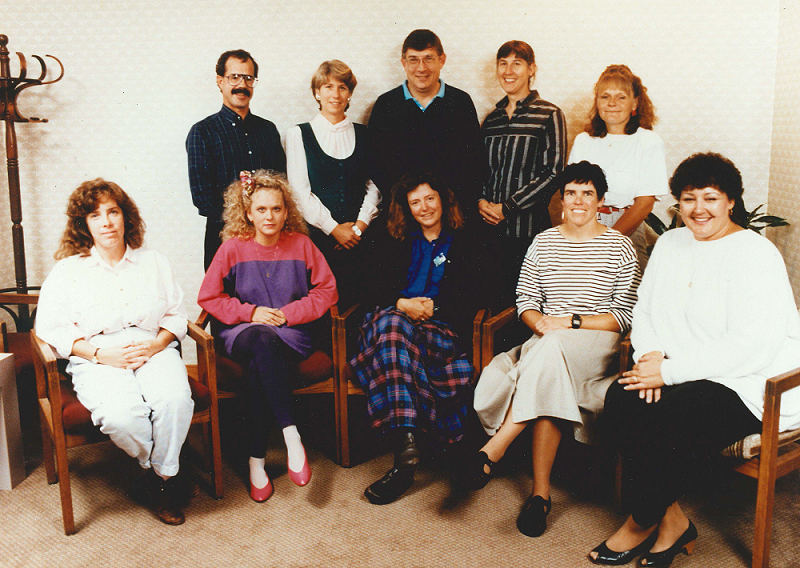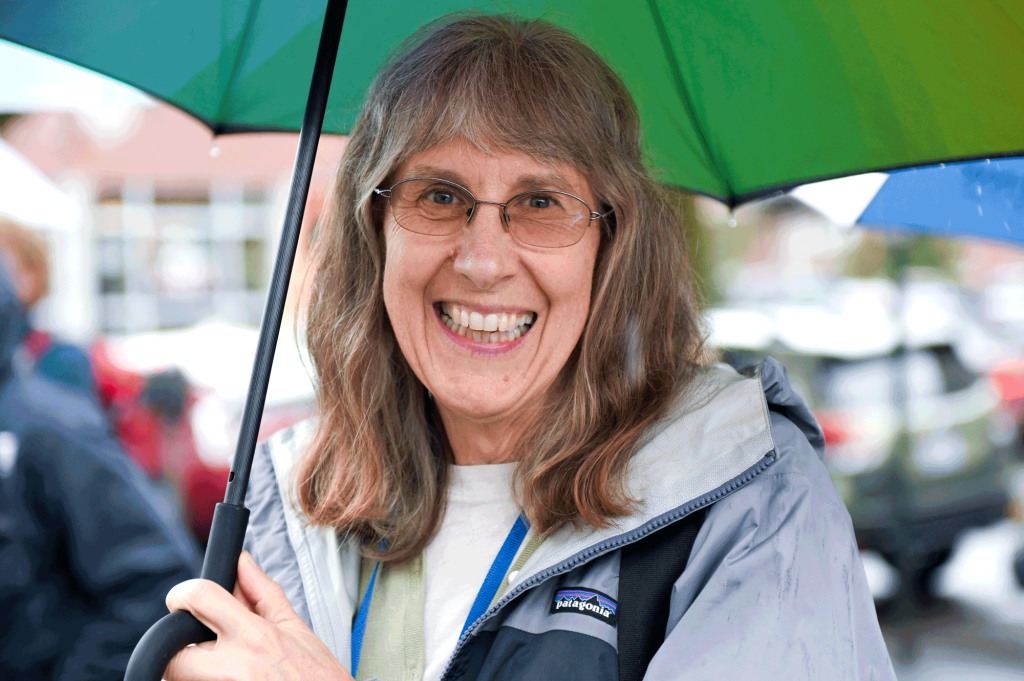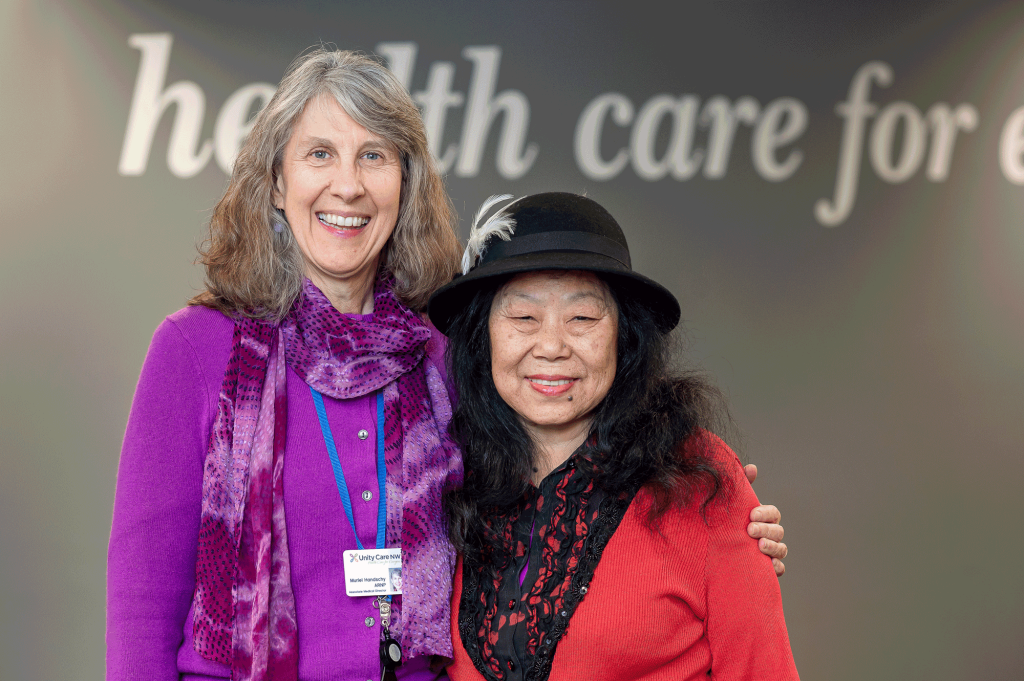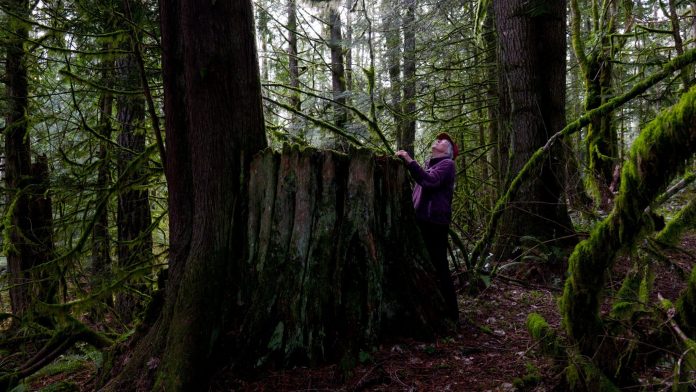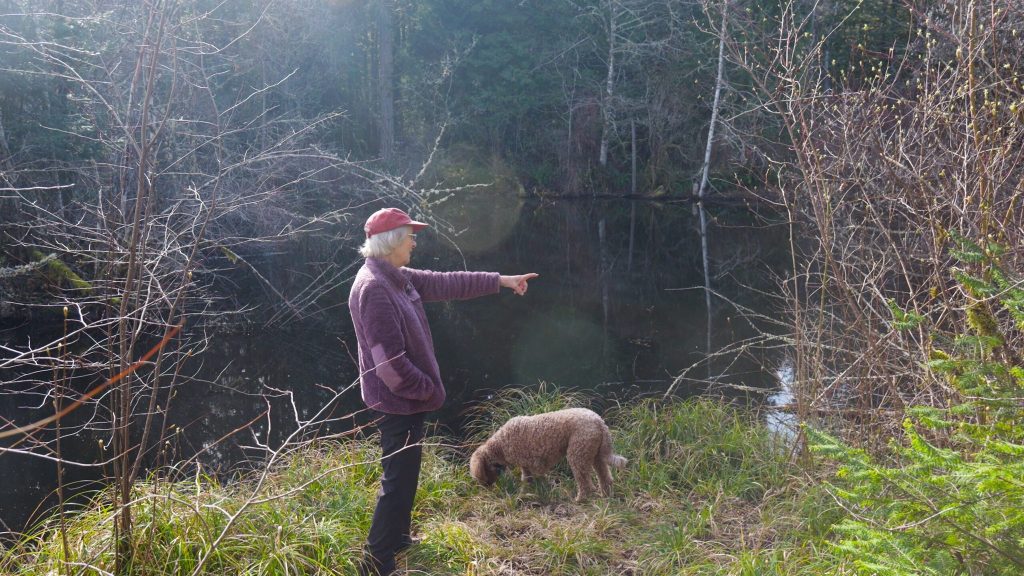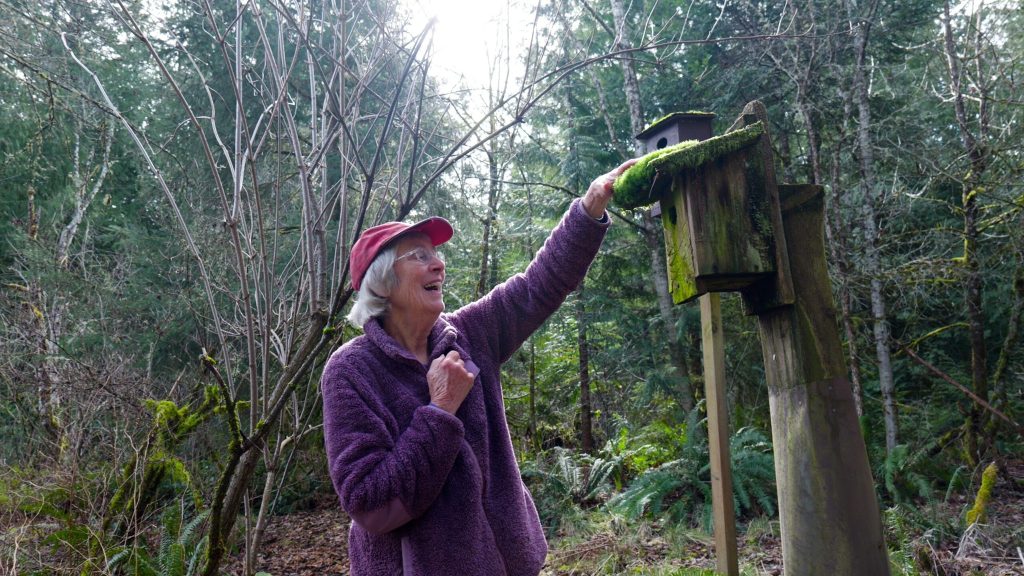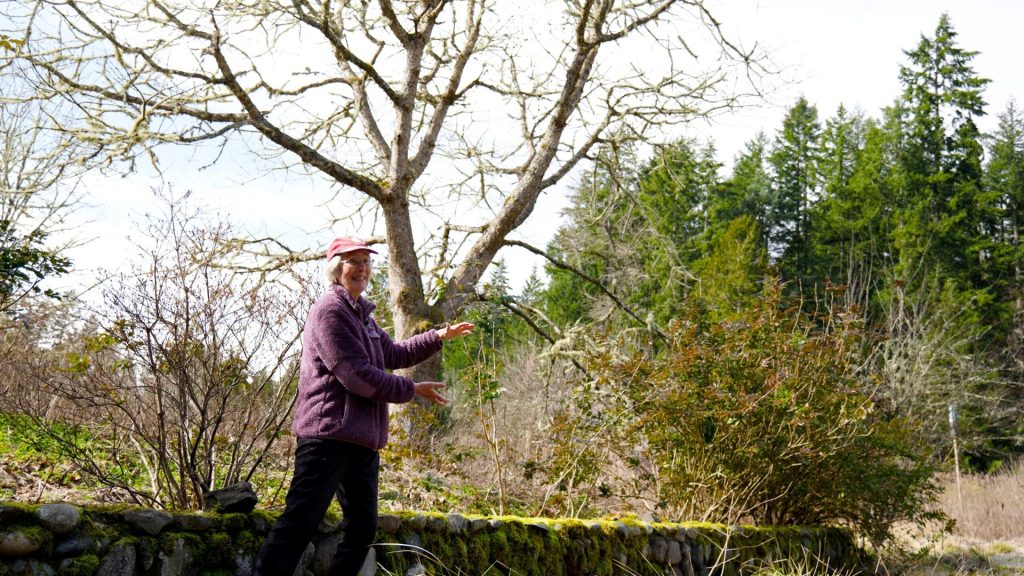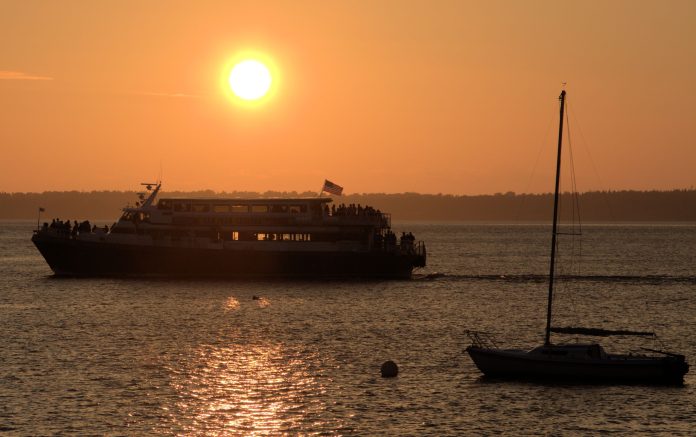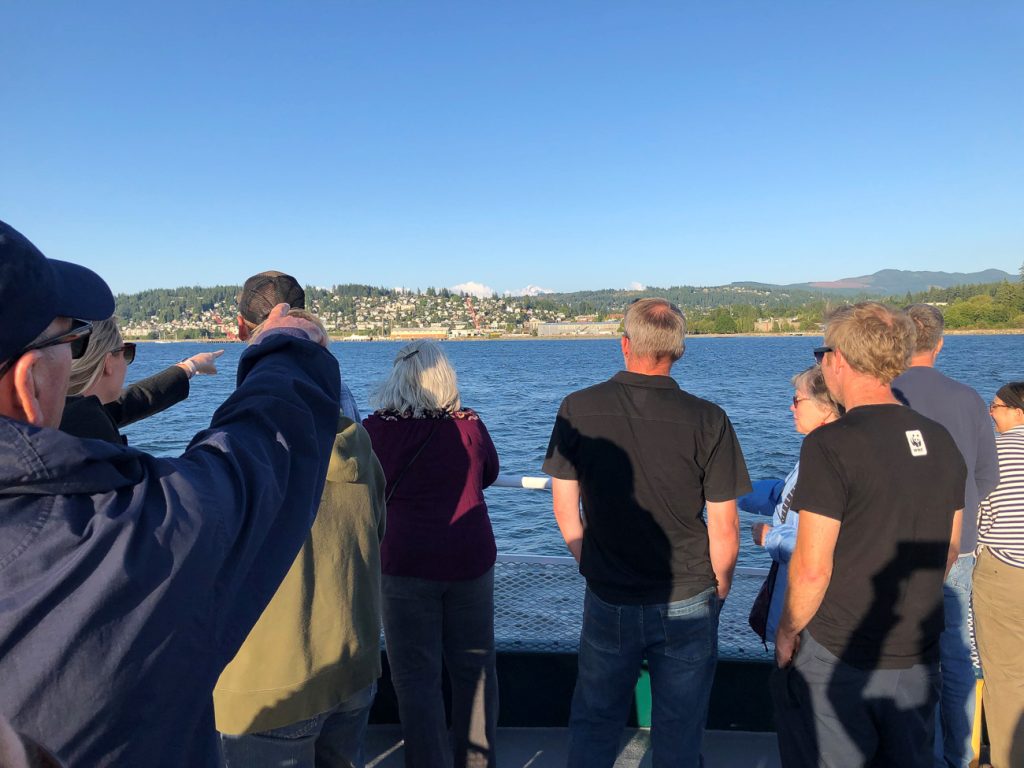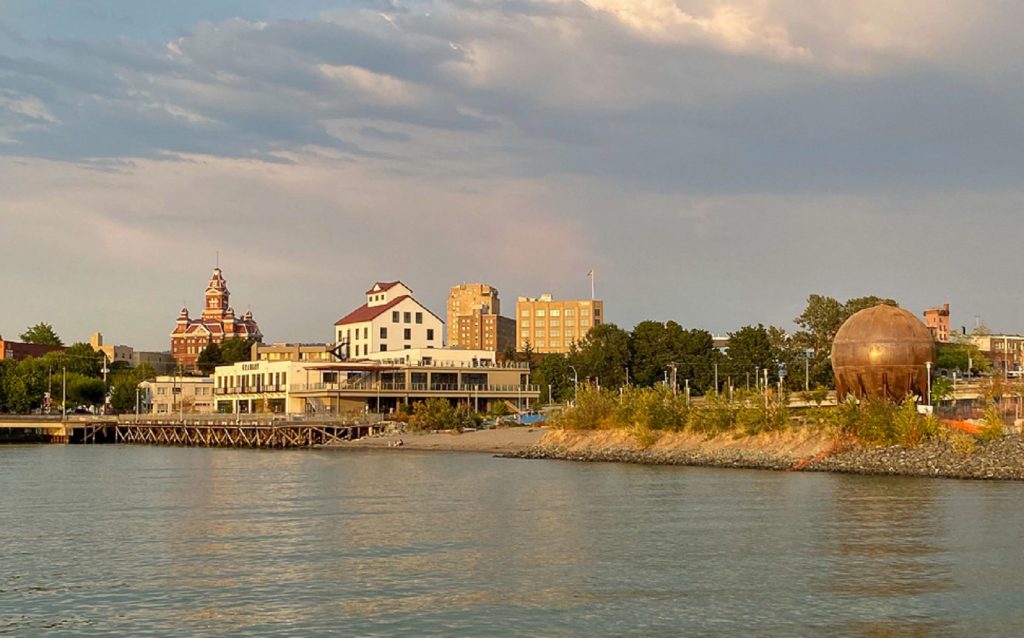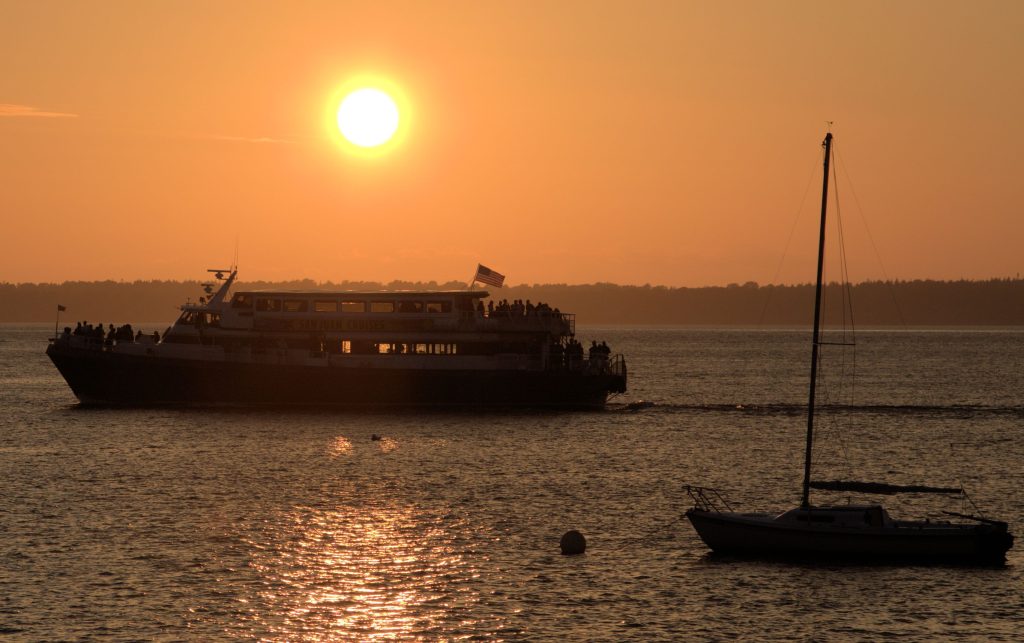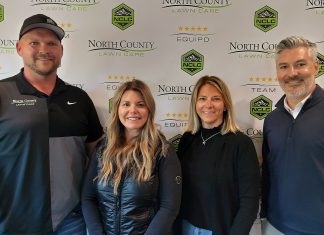Are you looking to trout fish in Grays Harbor? We all know that locals have the inside scoop when it comes to the best places to fish on the Washington Coast. Amy Spoon, owner of Get Outdoors with Amy, is not only a local, but has been fishing in Grays Harbor since she was young. She has the inside scoop on where to go trout fishing in Grays Harbor (and how to catch that big fish!).
“My earliest fishing memories include early morning wakeups to chase after sturgeon on the Chehalis with my mom, and watching my dad toss green spoons into the Wynoochee after the elusive steelhead,” shares Amy, whose company creates fishing, hunting and outdoor adventures for women. “As I have grown up, I take full advantage of the endless fishing opportunities available in Grays Harbor. It truly is the definition of a fisherman’s paradise.”

WDFW Ensures There’s Plenty of Trout in Grays Harbor
You may be wondering why fish for trout in Grays Harbor? Amy says the area has fishing opportunities for all levels – from beginners to seasoned anglers – and for those looking to chase wild trout in both rivers and lakes. “Very minimal gear is needed to be successful and there are a variety of locations available, so whether you are three or 103, there is an opportunity for you,” she adds.
In addition, since the Washington Department of Fish and Wildlife (WDFW) has a strong trout stocking program in Grays Harbor County, the lakes are full throughout the season, making it easier for beginners to catch that first big trout.
But that’s not to say experienced fishermen will be bored! “It’s ideal for keeping those young and inexperienced anglers engaged by having a really good chance at catching a fish each time they go out,” shares Amy. “But I will add that these stocked fish are not just small catchable fish, they put some jumbo rainbow trout in these lakes that, if hooked into, will give you the fight of a lifetime.”
When and Where to Go Trout Fishing in Grays Harbor
As a local who has been doing this all her life, Amy knows when the fishing seasons are. “Trout fishing within lakes generally opens on the fourth Saturday in April and goes all the way through summer and into the early fall,” advises Amy. “There are a few lakes, such as Lake Sylvia, Vance Creek #1, and Vance Creek #2, which are open year-round.”
In addition, you can trout fish in Grays Harbor rivers. They typically open on the Saturday before Memorial and do not close until the following spring.
For Amy, it’s the best time of the year. “Trout fishing throughout Grays Harbor is my number one outdoor summer activity,” she shares. “Any chance I get, my kayak is in the water. I love it because it is low on pressure and high on fun. Even if I don’t catch anything, the lakes in Grays Harbor are absolutely beautiful and that solitary time I get on the water is absolutely therapeutic for me and the perfect way to just get away and unwind.”

What You Need to Fish in Grays Harbor
Amy is a fish-mine of information when it comes to catching trout in Grays Harbor! To start, if you are over 15 years old, you need a Washington State fishing license. If you are under 15, and just angling for trout, no license is necessary. “Please note if youth anglers are going to fish for species other than trout, such as salmon, they still do not need a license, but will need a catch record card,” Amy adds.
Purchase a Washington State fishing license online, by calling 360.902.2464, at a WDFW Regional Office or an authorized dealer.
Amy notes that size can matter when it comes to fishing! Within lakes, ponds and reservoirs there is a five-fish daily limit for trout, like rainbow or cutthroat, but no size restrictions. In rivers, streams and beaver ponds, the limit is two a day and the trout must be at least eight inches in length. She recommends the WDFW Fish mobile app for specific rules and regulations for whatever body of water you are looking at fishing on, or a Washington Recreation Fishing Seasons and Regulations pamphlet.
Thanks to the many places to fish in Grays Harbor, a boat – or a kayak – are not necessary. “Some of the best fishing spots in Grays Harbor Lakes and rivers can be found on the banks,” shares Amy. Her tip is for those new to an area to take a look around before deciding on a spot to fish.
There are lakes in Grays Harbor with ADA fishing docks, as well. Amy notes Vance Creek Pond #1 in Elma is open only to youth anglers, senior anglers, and anglers with disabilities.
Tips to Finding a Good Place to Fish for Trout at a Grays Harbor Lake, River or Pond
If you are brand new, a great place to start is the WDFW Trout Stocking Report. This website shows you where the most recent stocks were, upping your chances for a catch.
“More than likely, there will be a fishing dock or pier, which are great places, and even better is to see where there are already people fishing on the bank,” she continues. “If there is a specific location on the bank where you see a bunch of people already fishing, that can be a good sign of a hot spot where fish tend to get caught. Seems obvious, but each lake does have its own hot spots where your chances of a catch can go way up, so learning from others can help identify those gold mines.”
Some of Amy’s personal favorite spots to fish in Grays Harbor are Lake Sylvia in Montesano, Lake Aberdeen in Aberdeen, and the Wynoochee Reservoir above the Wynoochee Dam. She says if you are looking for a great hike and then fish, check out Discovery Lake above the Wynoochee Dam.
And don’t forget that tackle box! She recommends including some rooster tails and other small spinners for some cast and retrieve action, as well as a few bobbers, hooks and weights to float some worms, Powerbait or bait of choice from the surface or off the bottom. “If you are trolling in a boat or kayak my go-to set up is a Yakima Bait Mag Lip 2.5 or 3 or a classic Hildebrant to a wedding ring baited with a worm as a close second,” she adds.
Lastly, she says don’t be afraid to ask other fishermen, especially if they seem to be having luck and you are not. While they may say no, she says many are friendly and love helping newbies learn the lines. And, if you are looking for someone to organize a day of fishing for you, check out Get Outdoors with Amy Spoon on Facebook and Instagram.
Sponsored

